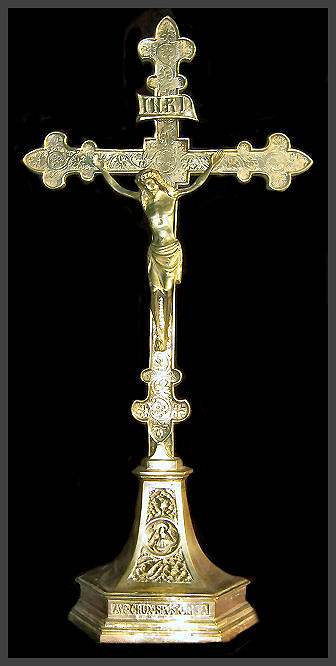SSPX ønsker biskop Williamson ut av rampelyset – mulig at han kan bli ekskludert
Biskop Bernard Fellay, leder av Society of Saint Pius X (SSPX), har sagt føgende i et intervju med der Spiegel (PS: i sitt siste svar er biskop Fellay svært tydelig og skarp):
SPIEGEL: Last week Williamson published an apology which falls short of the Vatican’s demand that he retract his Holocaust denial. Does Williamson’s statement suffice in your opinion?
Fellay: It is definitely a first plea for forgiveness and, therefore, an important step in the right direction. One can always hope for better phrasing. At least the plea for forgiveness is honest, and the withdrawal of his words is genuine.
SPIEGEL: That hope seems unfounded. After his arrival in London, Williamson surrounded himself with people who have openly denied the Holocaust, such as the historian David Irving. Do you know why?
Fellay: I have the impression that Bishop Williamson is being used by these people. Information was deliberately fed to the media here. We’re working against that as well as we can. I am totally against these connections.
SPIEGEL: But your influence on Williamson seems to be weak.
Fellay: We are in contact, he is in a priory of the society in London for the time being. But he is also a free human being. Sure, he has a superior, but he is free in his decisions. But he has to bear the consequences for that.
SPIEGEL: Will he return to his full duties?
Fellay: That is impossible under the current circumstances. He has damaged us and hurt our reputation. We have very clearly distanced ourselves. He was not ordained as a bishop for his own personal purpose but for the common good of the church, to spread the revealed truth.
SPIEGEL: So why don’t you exclude Williamson from the society?
Fellay: That will happen if he denies the Holocaust again. It is probably better for everyone if he stays quiet and stays in a corner somewhere. I want him to disappear from the public eye for a good while.

 For et par uker siden mottok jeg et nytt alterkrusifiks, som man kan se på bildet til venstre. Jeg fikk tak i et par mindre krusifikser til å ha på alteret for et års tid siden, men det nye er finere og større (61 cm høyt). Jeg har begynt å bruke et slikt krusifiks etter pave Benedikts anbefaling (selvsagt), og merker at det hjelper meg å rette oppmerksonheten bedre mot Kristus, og bort fra folkene som sitter rett foran meg. Noen syns kanskje det høres underlig ut, men det er jo til Gud man ber når man står foran alteret.
For et par uker siden mottok jeg et nytt alterkrusifiks, som man kan se på bildet til venstre. Jeg fikk tak i et par mindre krusifikser til å ha på alteret for et års tid siden, men det nye er finere og større (61 cm høyt). Jeg har begynt å bruke et slikt krusifiks etter pave Benedikts anbefaling (selvsagt), og merker at det hjelper meg å rette oppmerksonheten bedre mot Kristus, og bort fra folkene som sitter rett foran meg. Noen syns kanskje det høres underlig ut, men det er jo til Gud man ber når man står foran alteret.